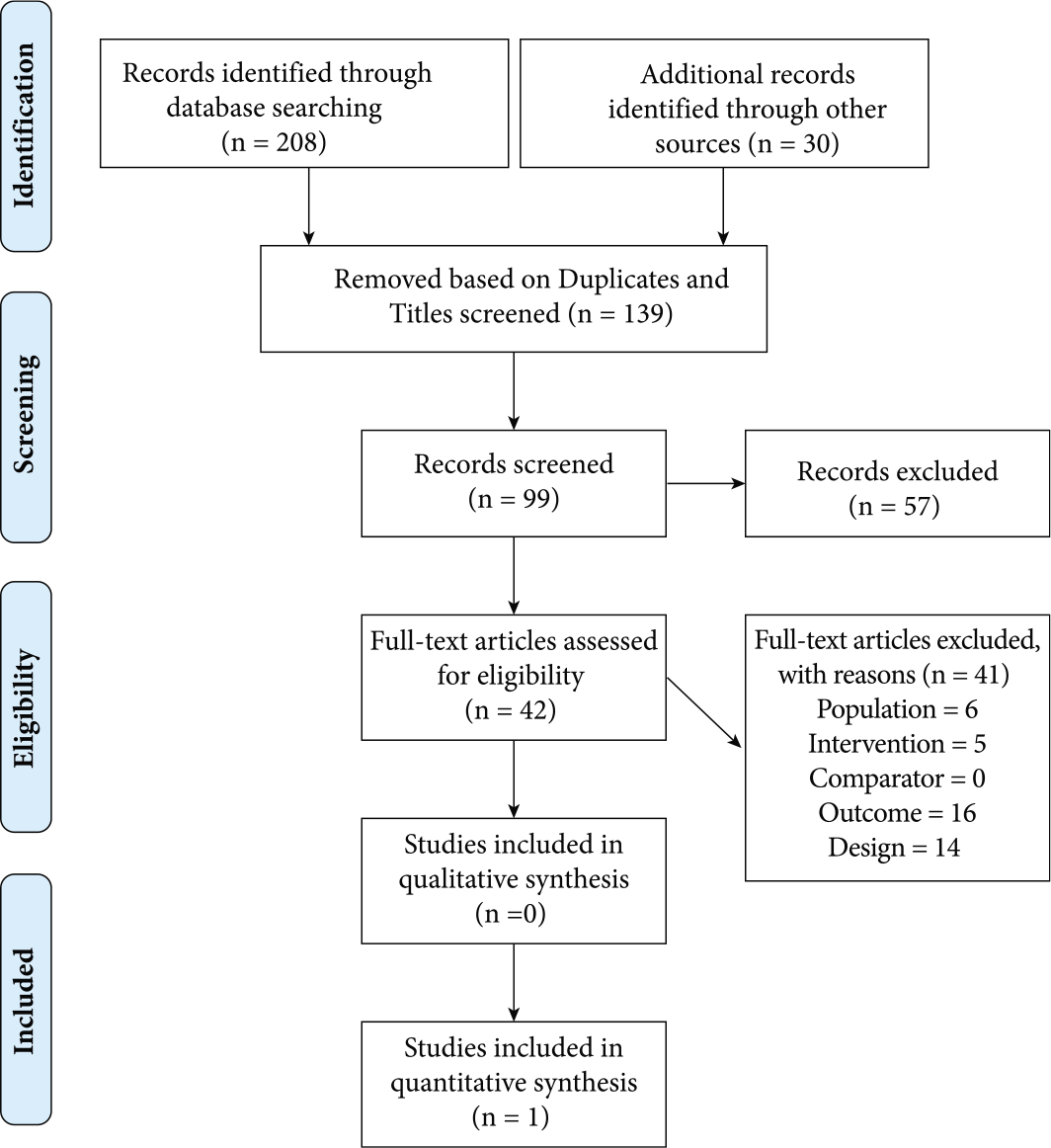
Koning and Lock published a new paper in the Journal of Medical Research and Innovation.
The abstract is as follows:
OBJECTIVES:
The demand for cardiopulmonary assessment via real-time live streaming is prevalent in remote communities of British Columbia, Canada. Digital stethoscopes enable remote assessments, but the difference in quality compared to conventional assessments is unknown.
To explore published literature for real-time remote audio and video streaming of cardiopulmonary assessments via digital stethoscopes, and evaluate the quality of digital stethoscopes for remote cardiopulmonary assessments as compared to conventional stethoscopes in a Cardiac Virtual health Assessments (CaViAs) project.
MATERIAL AND METHODS:
CaViAs included evaluation of quality and utility of three digital stethoscope devices, three digital platforms/applications, three noise-cancelling headsets, and two Internet-enabled devices with one technical operator and one evaluator.
A comprehensive search for “digital stethoscope*” was conducted in PubMed, Science Direct, CINAHL, TRIP, Open Grey and ClinicalTrials.gov in February 2021 for relevant peer reviewed studies. Studies were screened for eligibility and inclusion were screened for eligibility and inclusion based on population, intervention, comparator, outcome and study design criteria and utilizing Preferred Reporting Items for Systematic reviews and Meta-Analysis, and assessed for methodological quality using Critical Appraisal Skills Programme for Randomized Controlled Trials.
Studies were eligible if they included adult humans undergoing cardiopulmonary assessment with digital stethoscopes compared to conventional stethoscopes to test the audio quality and ease of use of digital stethoscopes via real-time remote audio and video streaming across a distance.
RESULTS:
Of 238 articles identified, only one study of poor methodological quality was found that fulfilled all inclusion criteria. This study rated the quality of digital stethoscopes as good or very good. In the CaViAs project, the Eko Duo digital stethoscope in combination with the Eko ECG application, streamed between two Cisco DX 80 devices, and using the Plantronics Voyager 8200 performed the best.
Limitations included having only one reviewer for title and abstract screening and data extraction; hearing is subjective; a validated tool for quality testing was not used; and auscultation in general has several limitations.
CONCLUSION:
There is a gap in literature to help inform decision-making in choosing digital stethoscopes that are best for real-time virtual remote outreach for cardiopulmonary assessments. For best results, digital stethoscopes should be used in conjunction with equipment that optimize audio and ease of use.
To read the whole article, click here.
